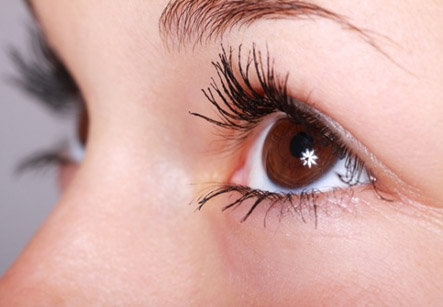Blindness
Introduction
Stem cells are considered as the building blocks of life. These cells have the remarkable potential for regeneration and development into various different cell types in the body during early life and growth.
Stem cell therapy involves the use of stem cells for regeneration of the diseased and damaged tissues or organs to improve the quality of life of people suffering from various incurable diseases.
Newer and advanced regenerative medicines can use stem cells to create living and functional tissues. This can help to regenerate and repair tissue and organs in the body which are damaged due to age, disease and congenital defects. Stem cells have the power to migrate selectively to these damaged areas and develop into new cells and tissues by performing a repair and a renewal process. This can possibly result in anatomical as well as functional restoration. Regenerative medicine has the potential to provide a cure for failing or impaired tissues.
Iranian scientists have moved to the forefront in embryonic stem cell research, according to a recent joint study by Harvard University and the Massachusetts Institute of Technology

Regenerative medicine is an emerging branch of medicine with the goal of restoring organ or tissue function for patients with serious injuries or chronic disease. In these cases, the body’s own responses are not sufficient enough to restore functional tissue. A growing crisis in organ transplantation and an aging population due to advances in medical field have driven a search for new and alternative therapies. There are thousands of patients who are in the transplant-waiting list in each major hospital. In addition there is a wide range of major unmet medical needs which might be addressed by regenerative technologies.
Blindness and vision impairment
Since 2003, researchers have successfully transplanted corneal stem cells into damaged eyes for the purpose of restoring vision. Sheets of retinal cells used by the team need to be harvested from aborted fetuses, which some people find unethical. When these sheets are transplanted over the damaged cornea, the stem cells stimulate regeneration of cell, eventually restoring vision. The latest such development was in June 2005, when researchers were able to restore the sight of many patients using the same technique. In this research, the group was able to successfully use adult stem cells obtained from the patient, a relative, or even a cadaver. The initial results are promising and further rounds of trials are ongoing.
The researchers report that the success rate for growth of new cells from transplanted stem cells in cornea varies from 25 percent to 70 percent.
In April 2005, some doctors transplanted corneal stem cells from an organ donor to the cornea of a woman who was blinded in one eye by attack of acid on her eye at a nightclub. The cornea, which is the transparent window of the eyes, is a particularly suitable site for stem cell transplants. In fact, the first successful human transplant was a cornea transplant. The absence of blood vessels within the cornea is a favourable factor for making this area a relatively easy target for transplantation. The majority of corneal transplants are carried out today for a degenerative disease of the cornea called keratoconus.
The researchers report that the success rate for growth of new cells from transplanted stem cells in cornea varies from 25 percent to 70 percent.
In 2009, researchers demonstrated that stem cells collected from human corneas can restore transparency without provoking a rejection response in mice with corneal damage.
In January 2012, a researcher reported successful treatment of two women who had gone blind from macular degeneration. Dramatic improvements were seen in their vision after retinal injections of human embryonic stem cells. A team of doctors have developed a lab free technique of regenerating stem cells using a new method, called as the sprinkler approach.